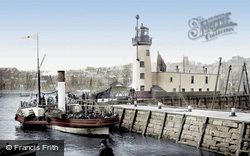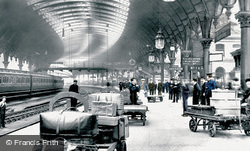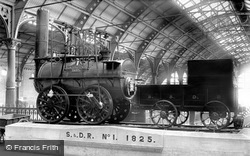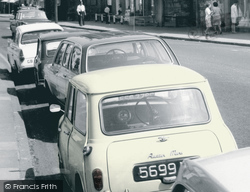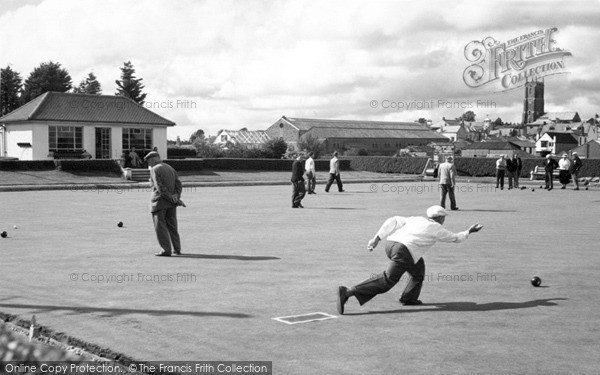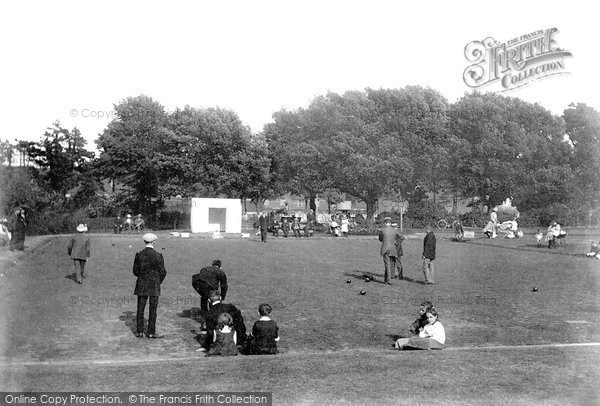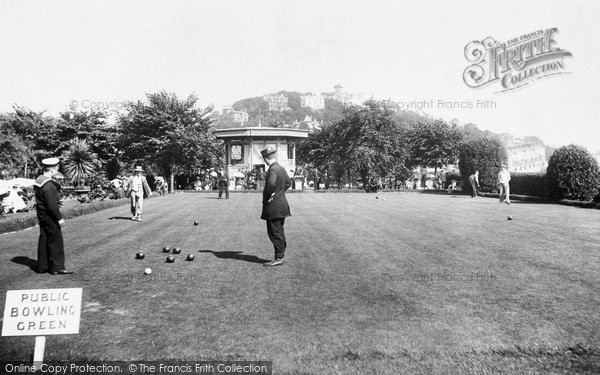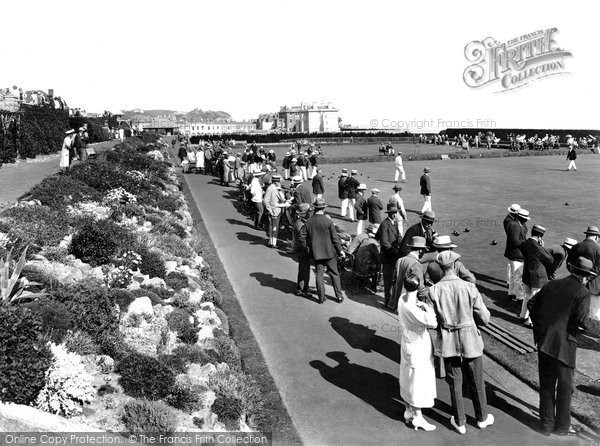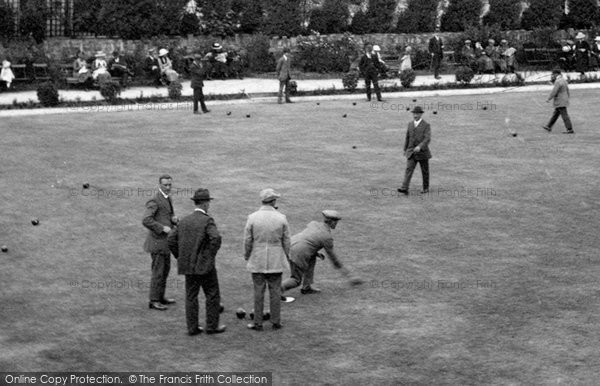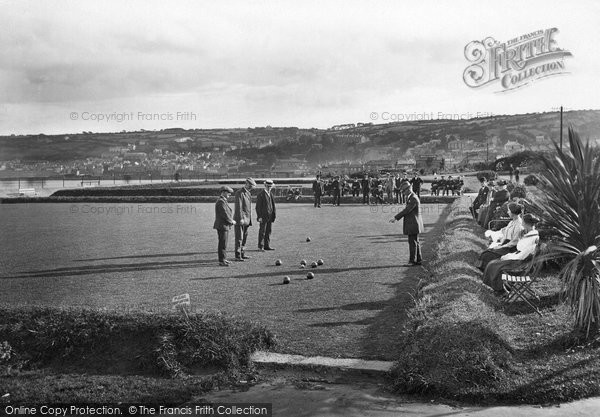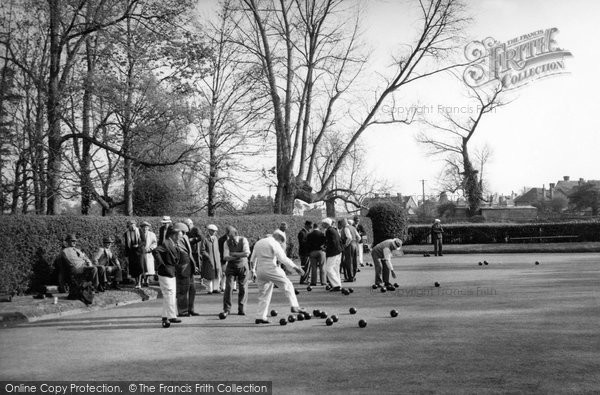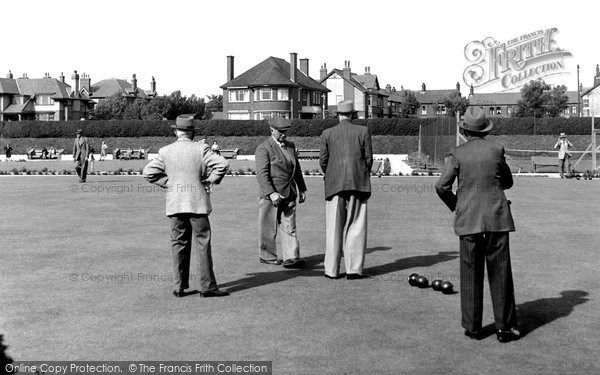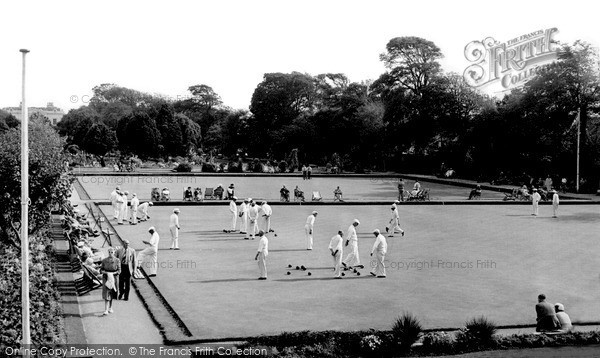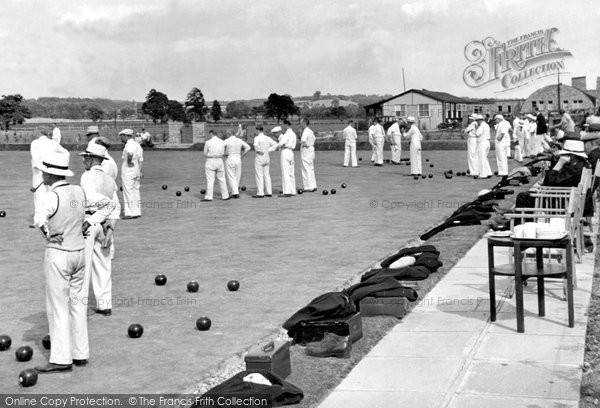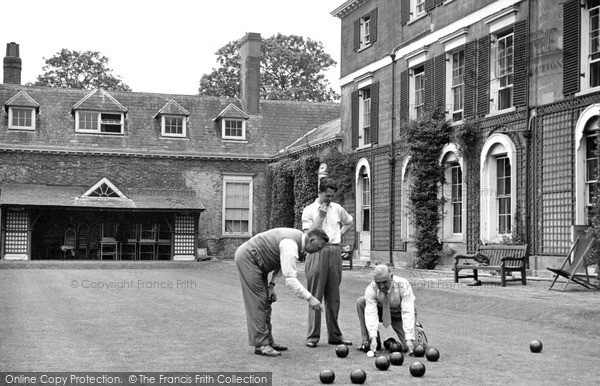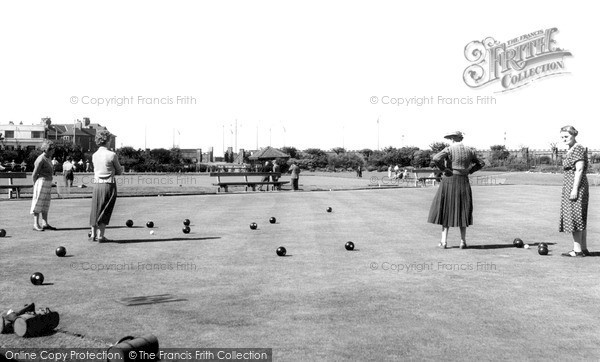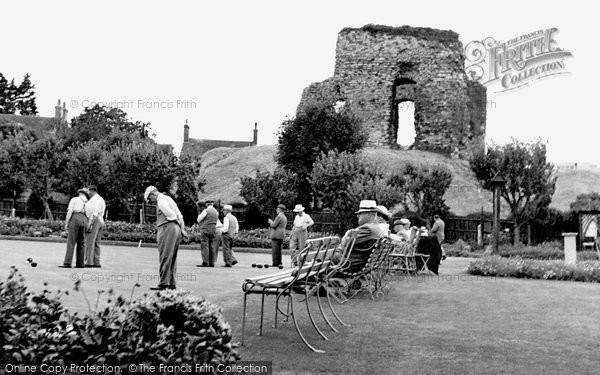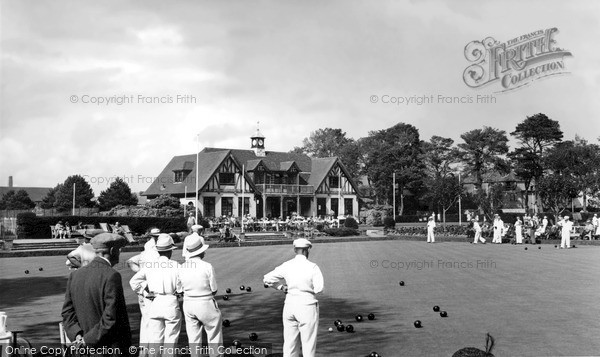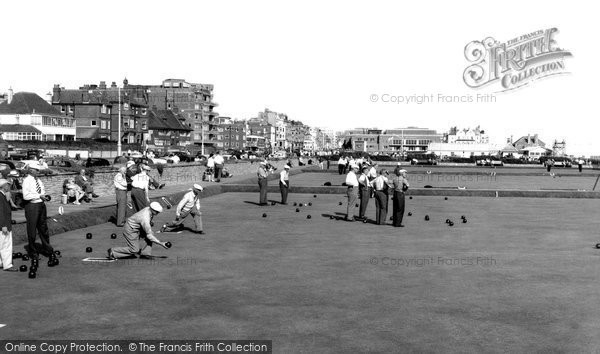On the bowling green
Published on
March 16th, 2017
A precisely levelled and manicured lawn, the proper attire and a fair-weather day - the essential ingredients for a perfect game of lawn bowls!
Today we bring you a special selection of nostalgic photographs of bowling greens from the Frith archive. To see many more photographs of bowling greens within The Francis Frith Collection, simply write the words 'bowling greens' or perhaps just the word 'bowls' into the Search box, and enjoy!
This is Courtenay Park Bowling Green in Newton Abbot in 1907. Courtenay is the family name of the Earls of Devon, who were the major landowners in the area and responsible for much of the Victorian expansion of Newton Abbot. The genteel sport of bowls was a favourite Edwardian pastime, although the all-white dress code seen on the greens today had yet to be introduced.
Torquay Bowling Club was founded in 1892 on the recreation ground; it moved to Princess Gardens in 1913, apparently after an elephant wrecked the green. Torquay's mild climate encourages the growth of tropical species, although this is usually taken to refer to palm trees rather than pachyderms!
An 'action shot' on the green in St Anne's in 1918. Lord Ashton was a linoleum manufacturer in Lancaster who had spent many holidays on the Fylde coast, and formed a particular affinity with St Anne’s. Just before the First World war he bought the privately owned St George’s Gardens and presented them to the town as a gift. Subsequently the revitalised site was named Ashton Gardens in his honour. The number of competitors on the bowling green in the gardens in this view and the strength of their support indicate the pleasure of the town folk in Lord Ashton's gift.
There seems to be some dispute as these players pose on the bowling green, while a small audience of no doubt critical ladies watches close to them.
Bowls has long been a popular game in Lancashire, and there is considerable rivalry between the many clubs of its towns, villages and pubs. Known from the 13th century, bowling passed into history with the tradition that Sir Frances Drake played the game at Plymouth Hoe whilst watching the approach of the Spanish Armada.
This scene at the northern edge of the town in the mid 1950s looks quite rural. It did not change much until the opening of the new A331 Blackwater Valley Relief Road and the development of the Farnborough Gate shopping centre. The bowling green seen in this view was lost at this time.
A measure is being used to decide which of the bowls lies nearest to the jack.
A ladies' bowls match is in progress in the peaceful setting of Zetland Park, at the start of the Coast Road to Marske. Lord Zetland had given the town six acres of land, which was developed and opened in 1924; it originally also included tennis courts and gardens, a lake and an aviary.
The ruins of Christchurch's Norman castle dominate the town much less than the church of the same period. The castle was built by Roger de Redvers in the 12th century. Today its shadow falls on peaceful pursuits such as a game of bowls.
The Sussex coast normally has high levels of sunshine combined with a mild and equable climate. These conditions are not only attractive to visitors, but also to those who have chosen to live in the coastal towns of Sussex following their retirement, some of whom can be seen enjoying a competitive game of bowls in this picture.
Perhaps you'd like..?
If you liked our "On the bowling green" Blog Feature, you might like to see and follow this
Francis Frith board over on Pinterest.
Join the thousands who receive our regular doses of warming nostalgia!
Have our latest blog posts and archive news delivered directly to your
inbox.
Absolutely free. Unsubscribe anytime.



